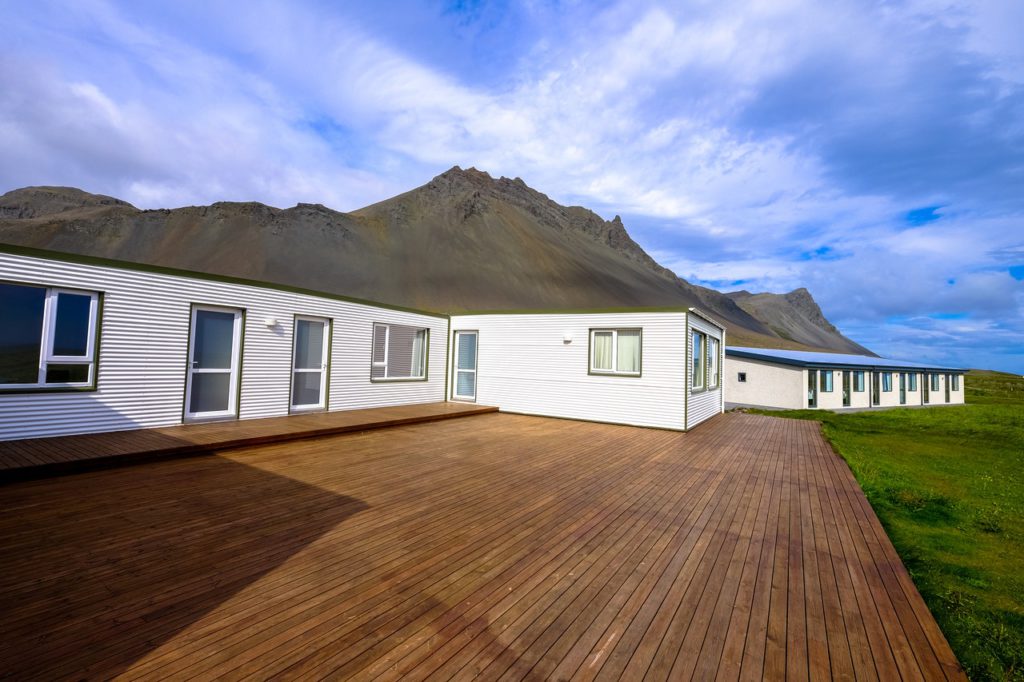
To prepare for floor sanding and polishing, it needs to be thoroughly vacuumed and cleaned. First, evenly paint the floor by vacuuming or brushing off any dust left over from sanding.
Polishing is also the last step in the “sanding process” and is the finish that is removed from the floor in the post-sanding sanding sequence. Sanding your floor is the first step in any finishing process as it removes the bottom layer of polish.
After sanding the floor, we get stuck into staining the deck, to polish it and give it a new shine and a protective layer. Subsequently, the floor can be painted or simply covered with natural varnish, as well as new finishing layers can be applied. The floor is then vacuumed and fixed (wiped with a damp towel) to remove dust before applying a stain or polyurethane finish.
The floor will be ready for a new coat of sealer and polish once it has been sanded to bare wood. Polishing a parquet floor brings it back to life, filling in surface scratches and making it look new and shiny.
Hardwood floors will not only be versatile enough to adapt to changing design needs over the years, but when you need an update but still want the floor to look beautiful, sanding and polishing the floor will give you the right look. the need to reinstall a new floor covering.
Sanding and polishing is necessary if the floor is relatively old or looks worn and torn. Sanding wood floors requires workers to go over the wood with several sanding grains to completely remove previous coatings or to make the wood smoother.

If you are renovating your floor for the first time, use wood putty to fill in any holes or cracks and sand them by hand to smooth the surface and provide the perfect surface for applying polish or paint.
After this initial sanding process, the perforated holes will be filled with floor putty to provide a smooth, hole-free surface. Fine-grained sandpaper is used to finely sand the wood surface and remove excess floor putty.
Moving on to medium grade sandpaper to further polish the previous layers, a special tool called an edge grinder will be used for hard-to-reach edges that the main floor grinder can’t reach. Starting with coarse sandpaper, a floor sander will be used to smooth out existing floor finishes, coatings, stains, and paint.
Lightly sand the floor with 120-grit sandpaper on an orbital sander to remove the roughness of the first coat, which lifts the wood grain. Apply a second coat after cleaning the floor from the remnants of sanding dust. Once the floor is dry, buff it with a 100 grit pad to ruin the finish.
Once sanding is complete, the next step is to “hard coat” the floor. The sanding process leaves a lot of scratches and marks on the wooden floorboards, which will become visible after coating.
The finishing process involves the use of sandpaper of different grit to remove old finishes, scratches and/or dirt that has ingrained into the parquet. This process can usually be completed in a few hours and does not require sanding the original flooring.
The process is always the same: clean the room, make sure the floorboards are intact and that the floor is safe and secure, sand the main surface of the room with a drum sander, use the sander for the outside edges of the room, clean and varnish, oil or paint when finish. It’s time to sand and refinish your floor if you see cracks or gouges in the floor, some wood is cracked and worn, or there are animal stains or termites.





More Stories
Guide to Indoor & Outdoor Fun
Halloween Makeup Tips
Winterizing Your Makeup Routine